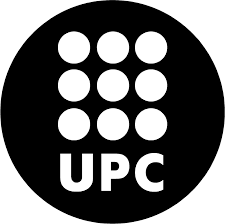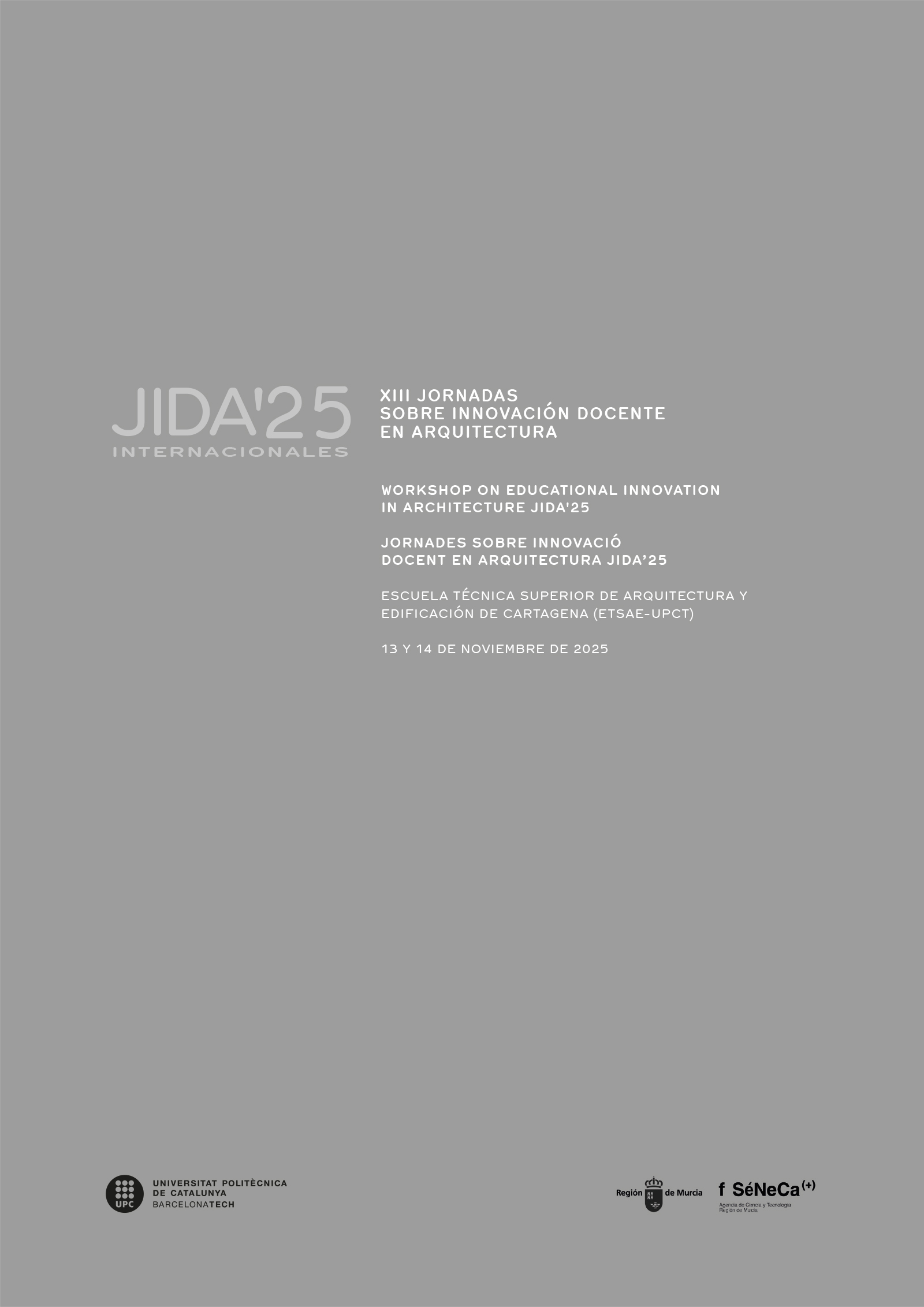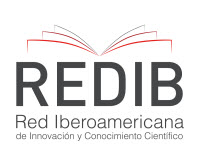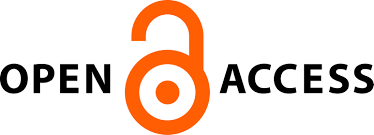Hashtag Mnemosyne: A tool for relational learning of Art History
DOI:
https://doi.org/10.5821/jida.2025.13639Keywords:
Image, Art, Relational map, Participatory environment, Active learning, Critical thinkingAbstract
The interference of digitalization in the traditional classroom has permeated all scales of the university educational sphere. In addition to the incorporation of technological tools and web platforms, there is also the reformulation of traditional teaching methodologies, where active pedagogies and the role of the teacher as mediator enable a didactic that avoids models based on lectures in favor of strategies capable of renewing learning contexts. Along with these characteristics, which especially affect the teaching of a fundamentally expository subject such as Art History, the scenario provided by Generative Artificial Intelligence demands an alternative psychopedagogical response to the conventional rote learning of the contents.
Hashtag Mnemosyne is a complementary teaching tool developed in a group of the Art History subject of the Faculty of Fine Arts of the Complutense University of Madrid to promote active learning. The practice adopts the name of the Bilderatlas Mnemosyne, a project initiated by the art historian Aby Warburg in 1924, and also includes its purpose of making a relational atlas of the History of Art, limiting its extension according to the time corresponding to a school term, in order to encourage the critical thinking of students around the artistic image.
References
Archer, Leonard Bruce. 1995. «The Nature of Research». Co-design, interdisciplinary journal of research, January 1995, 6-13.
Benjamin, Walter. 2021. La obra de arte en la era de su reproductibilidad técnica y otros ensayos sobre arte, técnica y masas. Madrid: Alianza Editorial.
Cahnmann-Taylor, Melissa. 2008. «Arts-based research. Histories and new directions». En Arts-based research in education, editado por Melissa Cahnmann-Taylor y Richard Siegesmund, 3-15. New York: Routledge.
Didi-Huberman, Georges. 2010. Atlas. ¿Cómo llevar el mundo a cuestas? Madrid: MNCARS.
Dodge, Bernie. 1995. «Some thoughts about WebQuests». edWEB. http://www.edWeb.sdsu.edu/courses/edtec596/about_Webquests.html.
Fernández Polanco, Aurora. 2014. «Nuestras imágenes: Breve genealogía de un discurso disciplinar». En Pensar la imagen, pensar con imágenes, editado por Aurora Fernández Polanco, 199-228. Salamanca: Delirio.
García-García, Alejandro. 2024. «Gamificación y webquest para el reconocimiento de la imagen en la Historia del Arte». En European Public & Social Innovation Review 9, 1-15. https://doi.org/10.31637/epsir-2024-347.
Jaskot, Paul. 2020. «Digital Methods and the Historiography of Art». En The Routledge Companion to Digital Humanities and Art History, editado por Kathryn Brown, 9-17. New York: Routledge.
LeBlanc, Natalie; Irwin, Rita L. 2019. «A/r/tography». Oxford Research Enclyclopedia of Education.https://oxfordre.com/education/view/10.1093/acrefore/9780190264093.001.0001/acrefore-9780190264093-e-393. https://doi.org/10.1093/acrefore/9780190264093.013.393.
Loren Méndez, María del Mar; Pinzón Ayala, Daniel; Alonso Jiménez, Roberto Francisco. 2021. «Participación activa del estudiante: gamificación y creatividad como estrategias docentes». En Jornadas sobre Innovación Docente en Arquitectura (JIDA'21), Escuela Técnica Superior de Arquitectura de Madrid, 14 y 15 de Noviembre de 2019: libro de actas. Editado por Daniel García Escudero y Berta Bardí Milà, 660-791. Barcelona: UPC IDP. DOI: https://doi.org/10.5821/jida.2021.10595.
Malraux, André. 1966. Le Musée Imaginaire. Paris: Folio Essais.
Otaboevich, Taganov Ravshanbek. 2024. «Improving methonds of teaching Fine Arts». Web of Teachers: Inderscience Research , 2(12): 47-49.
Plantin, Jean-Christophe. 2014. «L’avénement de la carte comme médiation». Questions de communication, nº 25: 309-326. https://doi.org/10.4000/questionsdecommunication.9050.
Rivas-Herencia, Eugenio; González-Vera, Víctor. 2023. «Adoptar un rincón: taller de mapeo y acción urbana para estudiantes de arte». En XI Jornadas sobre Innovación Docente en Arquitectura (JIDA'23), Escuela Técnica Superior de Arquitectura de Granada, 16 y 17 de Noviembre de 2023: libro de actas. Editado por Daniel García Escudero y Berta Bardí Milà, 799-813. Barcelona: UPC IDP. DOI: https://doi.org/10.5821/jida.2023.12308.
Sebastián Lozano, Jorge. 2021. «Mapping Art History in the Digital Era». The Art Bulletin, 103(3): 6–16. https://doi.org/10.1080/00043079.2021.1882819
Sipilä, K. 2011. «Concept Mapping in Visual Art Lessons». Proceedings of the 4th International Network-Based Education 2011 Conference The Social Media in the Middle of Nowhere, Editado por Ruokamo, H.et al., 106-111. Rovaniemi: University of Lapland.
Soler Montellano, Agatángelo et al. 2022. «AppQuitectura: aplicación móvil para la gamificación en el área de Composición Arquitectónica». En X Jornadas sobre Innovación Docente en Arquitectura (JIDA'22), Escuela Técnica Superior de Arquitectura de Reus, 17 y 18 de Noviembre de 2022: libro de actas. Editado por Daniel García Escudero y Berta Bardí Milà, 621-632. Barcelona: UPC IDP. DOI: https://doi.org/10.5821/jida.2022.11635.
Warburg, Aby. 2010. Atlas Mnemosyne. Madrid: Ediciones Akal.






















